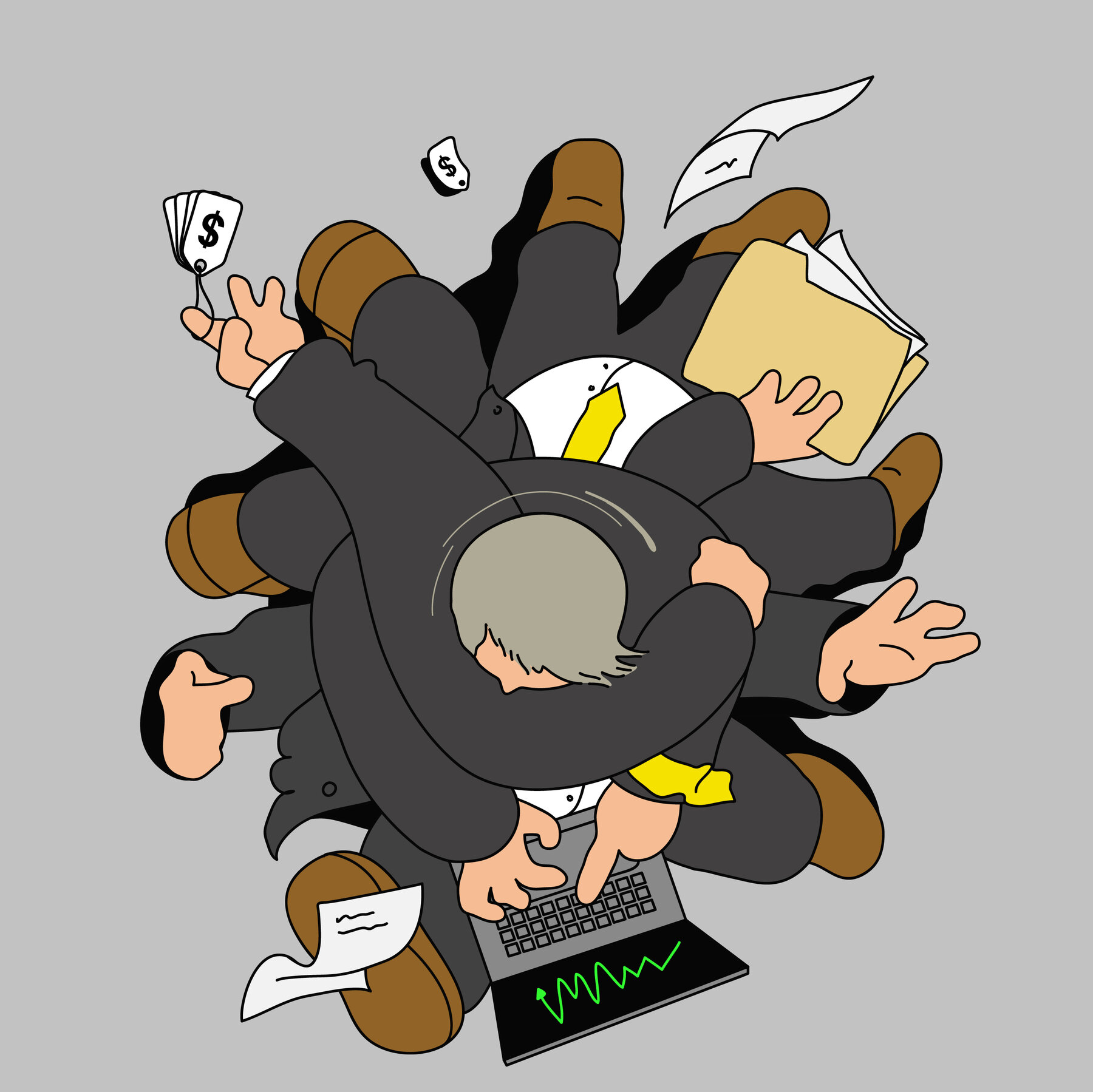Xi’s Military Purges Reveal Growing Anxiety Over China’s Nuclear Arsenal
Background of the Recent Shake‑up
In the past few months, China’s armed forces have undergone a sweeping reorganization. Senior officers have been dismissed, reassigned, or placed under investigation, signaling a decisive move by President Xi Jinping to tighten his grip on the military hierarchy.
Why the Focus on Nuclear Forces?
The purge is not limited to conventional units; it specifically targets commanders and officials linked to the People’s Liberation Army Rocket Force (PLARF), the branch responsible for China’s land‑based nuclear missiles. Analysts argue that this reflects Xi’s unease about the reliability, loyalty, and strategic direction of the country’s nuclear deterrent.
Parallel Reforms in Washington
At the same time, the United States is pushing its own extensive defense reforms, aiming to modernize the nuclear triad and integrate emerging technologies such as hypersonic weapons and artificial intelligence. The simultaneous transformations on both sides of the Pacific underscore a broader contest for military superiority.
Potential Consequences
Experts warn that the ongoing purges could have several repercussions:
- Operational Disruption: Removing key personnel may temporarily weaken command and control within the PLARF.
- Signal of Internal Discord: The moves suggest that senior leadership harbors doubts about the current nuclear strategy.
- International Tension: Allies and rivals alike will be watching closely for any shift in China’s nuclear posture, which could affect arms‑control negotiations.
International Reactions
U.S. officials have expressed concern that the internal turmoil could lead to miscalculations, while regional partners such as Japan and South Korea are urging Beijing to maintain transparency regarding its nuclear policies. Meanwhile, Beijing maintains that the changes are part of routine “anti‑corruption” efforts and a drive to enhance overall combat readiness.
Looking Ahead
As China continues to refine its military structure, the world will be monitoring whether the purges translate into a more assertive nuclear stance or a recalibrated, more disciplined deterrent force. The outcome will shape the strategic balance in the Indo‑Pacific for years to come.






